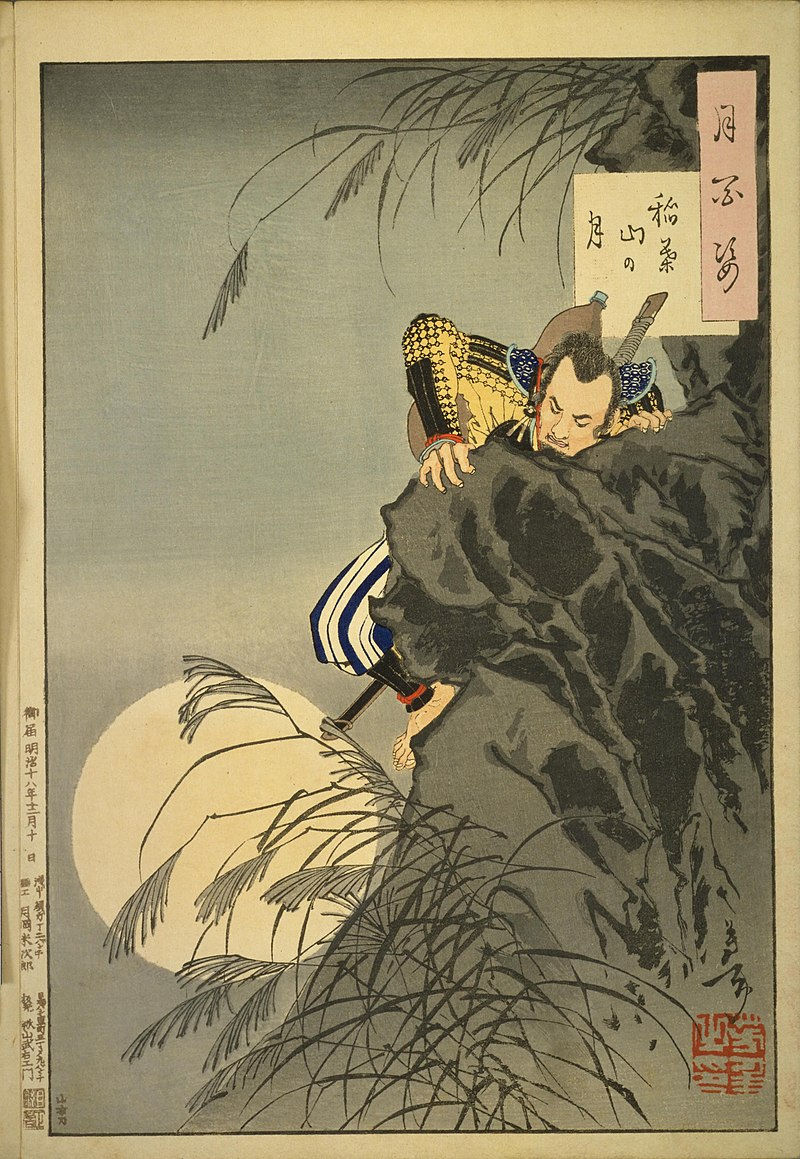Kyoto
- 2304583d
- Aug 4, 2024
- 3 min read

Kyoto (京都) is a city located in the Kansai region of Japan, historically significant as the imperial capital for over a thousand years. Renowned for its rich cultural heritage, historical landmarks, and traditional Japanese arts, Kyoto remains one of Japan's most important cultural and historical centers.
Historical Significance
Heian Period (794-1185)
Kyoto was originally known as Heian-kyo (平安京) which translates to peaceful/tranquil capital, It established as the new capital in 794 by Emperor Kanmu after moving it from Nara in an attempt to reduce the influence of powerful Nara Buddhist temples over the Imperial court. This move to Heian-kyo marked the beginning of the Heian Period.
During the Heian period, Kyoto became the heart of Japanese culture, art, and literature, with notable works such as "The Tale of Genji" (源氏物語) written by Murasaki Shikibu and "The Pillow Book" (枕草子) written by Sei Shonagon.
The Heian Period saw the development of unique Japanese art forms and architectural styles, including the construction of temples such as Byodo-in and the spread of the elegant shinden-zukuri style of palace architecture. Kamakura Period
Despite the shift of political power to Kamakura under the Kamakura shogunate in the late 12th century, Kyoto remained the official capital of Japan and a retained its prestige as a cultural hub.
The period saw the rise of new Buddhist sects, including Pure Land Buddhism, Zen Buddhism, and the establishment of important temples like Tofuku-ji and Kennin-ji. Muromachi Period
During the Muromachi period (1336-1573), The Ashikaga shogunate established its headquarters in the Muromachi district of Kyoto, leading to the period's name. Kyoto once again became a center of trade, culture, and politics, which fostered developments in the arts, such as Noh theater and the tea ceremony.
Unfortunately, the battles of the Onin War, which was a devastating civil war spilled over into Kyoto and destroyed much of the city, leading to the Sengoku (Warring States) period, during which the city was often in a state of conflict. Sengoku and Azuchi-Momoyama Periods
Kyoto saw significant turmoil during the Sengoku (Warring States) period but was revitalized under leaders like Oda Nobunaga and Toyotomi Hideyoshi in the late 16th century.
Hideyoshi for instance, constructed several key buildings, including the Jurakudai palace and the reconstruction of Nijo Castle.
This period witnessed a cultural renaissance with advancements in arts, tea ceremony, and the establishment of new temples and gardens. Edo Period (1603-1868)
Under the Tokugawa shogunate, the political center moved to Edo (now Tokyo), but Kyoto persisted as the cultural and religious heart of Japan, hosting the imperial court. Meiji Period - Present Day (1868-Present)
The Meiji Restoration in 1868 marked the end of Kyoto's status as the capital, with the emperor moving to Tokyo.
Despite losing its status as the capital, Kyoto remained a vital cultural center. The city adapted to modernization while preserving its historical and cultural heritage.
Kyoto's rich history and cultural legacy have been carefully preserved, making it a major tourist destination and a symbol of Japan's traditional culture.
Cultural and Historical Landmarks
Temples and Shrines
Kinkaku-ji (Golden Pavilion): A Zen Buddhist temple famous for its stunning golden exterior.
Ginkaku-ji (Silver Pavilion): Another significant Zen temple known for its beautiful gardens.
Fushimi Inari-taisha: Renowned for its thousands of red torii gates leading up the sacred Mount Inari. Palaces and Castles
Kyoto Imperial Palace: The former residence of the imperial family.
Nijo Castle: Built by Tokugawa Ieyasu, it represents the power and culture of the shogunate. Traditional Districts
Gion: The famous geisha district, known for its traditional wooden machiya houses and tea houses.
Arashiyama: Noted for its scenic bamboo groves and historic temples.





コメント